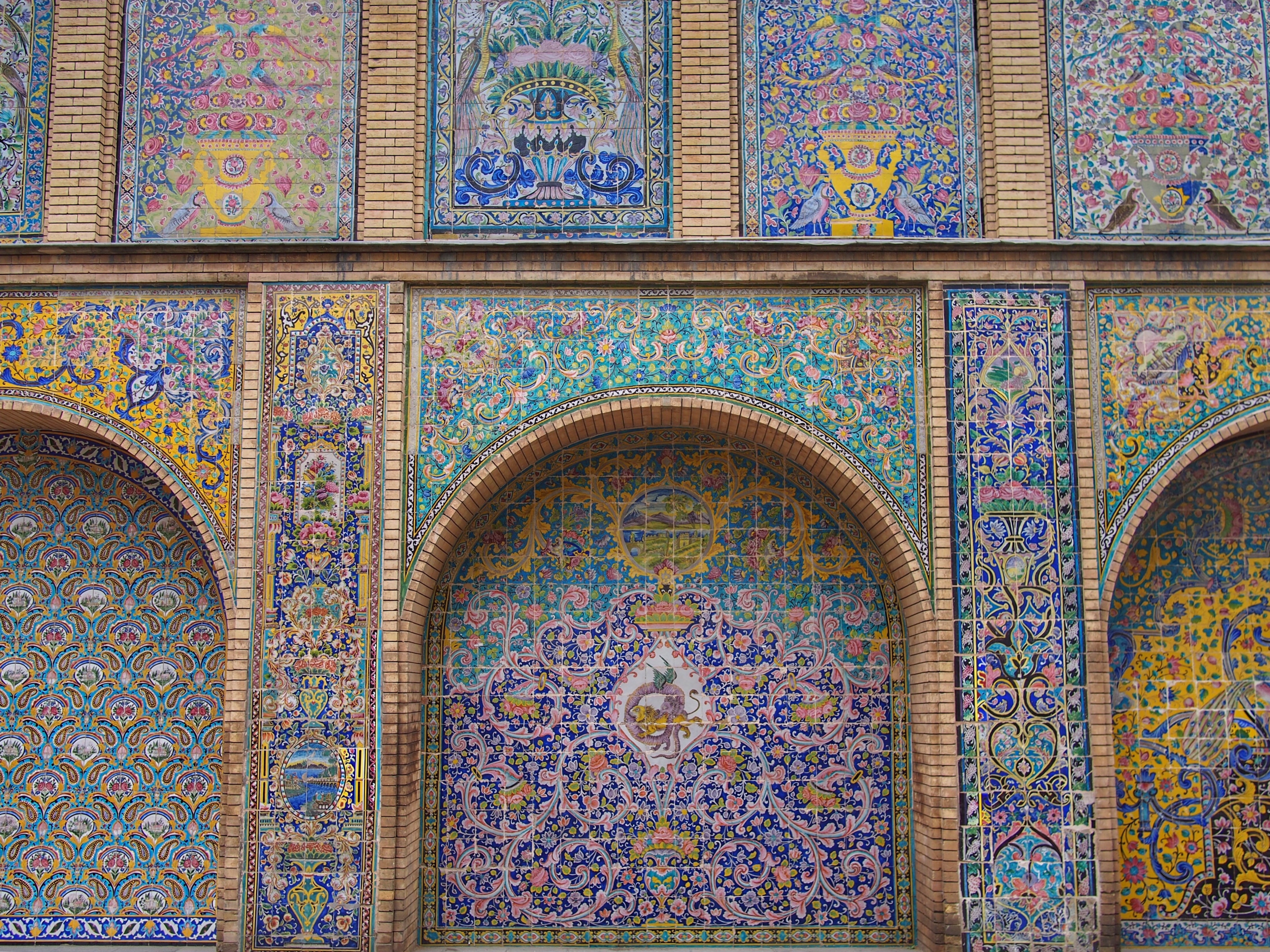
Iran has twenty two UNESCO World Heritage sites. We managed to cover seven of them in one week. We travelled south from Tehran to Kashan then on to Esfahan and Yazd and finished in Shiraz.
UNESCO
The United Nations Educational, Scientific and Cultural Organisation (UNESCO) 'lists' important places around the world.
The UNESCO World Heritage list encourages the identification, protection and preservation of cultural and natural heritage. To be considered these sites must be of 'outstanding value to humanity'.
What makes the concept of World Heritage exceptional is its universal application. World Heritage sites belong to all the peoples of the world, irrespective of the territory on which they are located [UNESCO]
Iran's UNESCO World Heritage Sites
Iran has twenty two UNESCO World Heritage sites. There are twenty one cultural sites and one natural site.
Cultural (21)
Armenian Monastic Ensembles of Iran (2008)
Bam and its Cultural Landscape (2004)
Bisotun (2006)
Cultural Landscape of Maymand (2015)
Golestan Palace (2013)
Gonbad-e Qābus (2012)
Historic City of Yazd (2017)
Masjed-e Jāmé of Isfahan (2012)
Meidan Emam, Esfahan (1979)
Pasargadae (2004)
Persepolis (1979)
Shahr-i Sokhta (2014)
Sheikh Safi al-din Khānegāh and Shrine Ensemble in Ardabil (2010)
Shushtar Historical Hydraulic System (2009)
Soltaniyeh (2005)
Susa (2015)
Tabriz Historic Bazaar Complex (2010)
Takht-e Soleyman (2003)
Tchogha Zanbil (1979)
The Persian Garden (2011)
The Persian Qanat (2016)
Natural (1)
Lut Desert (2016)
Golestan Palace
This palace is one of the oldest buildings in Tehran. It was used by the Qajar family when they came to power in 1779. UNESCO recognises that the Palace 'represents an important example of the merging of Persian arts and architecture with European styles and motifs and the adaptation of European building technologies'.

City of Yazd
The entire city of Yazd has been inscribed as world heritage. It is located on the Iranian plateau (a desert area with an arid climate) and 'bears living testimony to the use of limited resources for survival in the desert'. The city is well preserved, and atmospheric. I really liked the 'sky lights' incorporated into public walkways and the practical, and elegant, 'badgirs' or 'wind catchers' that allow for passive air conditioning of buildings.
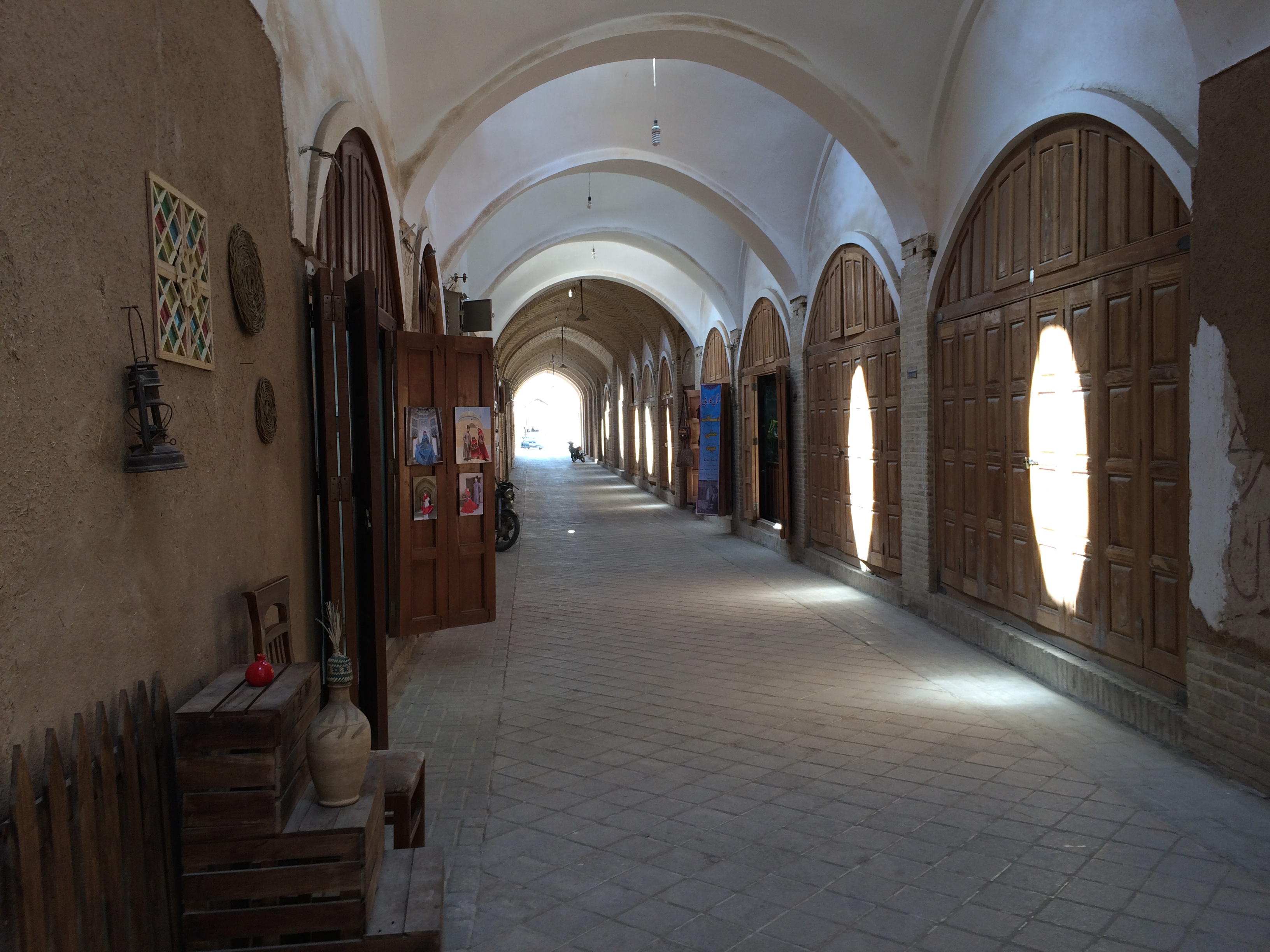
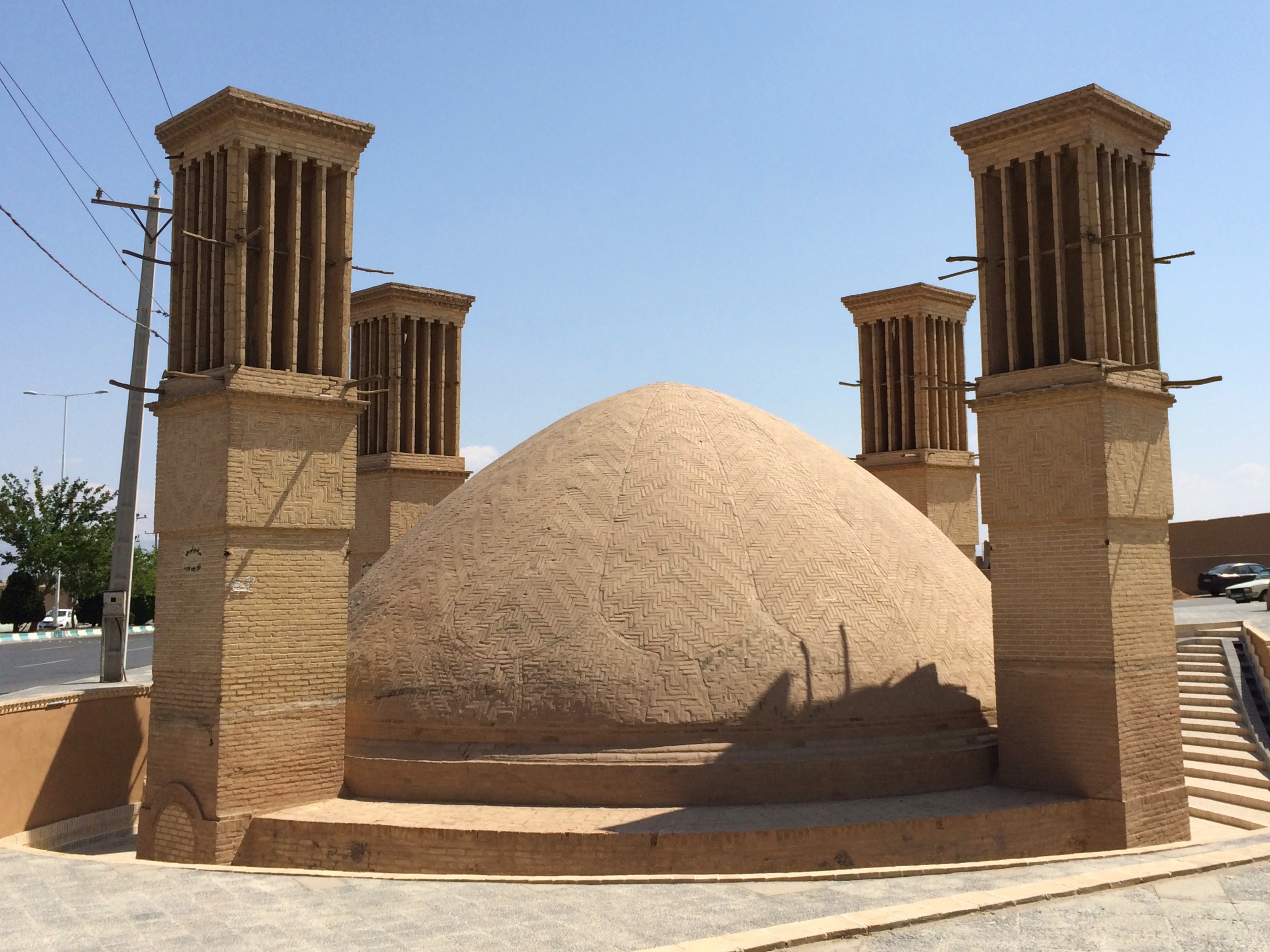
Meidan-eEmam Khomeini in Esfahan
The Meidan Emam is a public urban square in the centre of Esfahan. It is 'one of the largest city squares in the world and an outstanding example of Iranian and Islamic architecture. Built by the Safavid shah Abbas I in the early 17th century, the square is bordered by two-storey arcades and anchored on each side by four magnificent buildings'. When we visited, there were horse-drawn carriages operating for tourists, and the sounds of the horses trotting around the edge of the square helped transport you back in time.
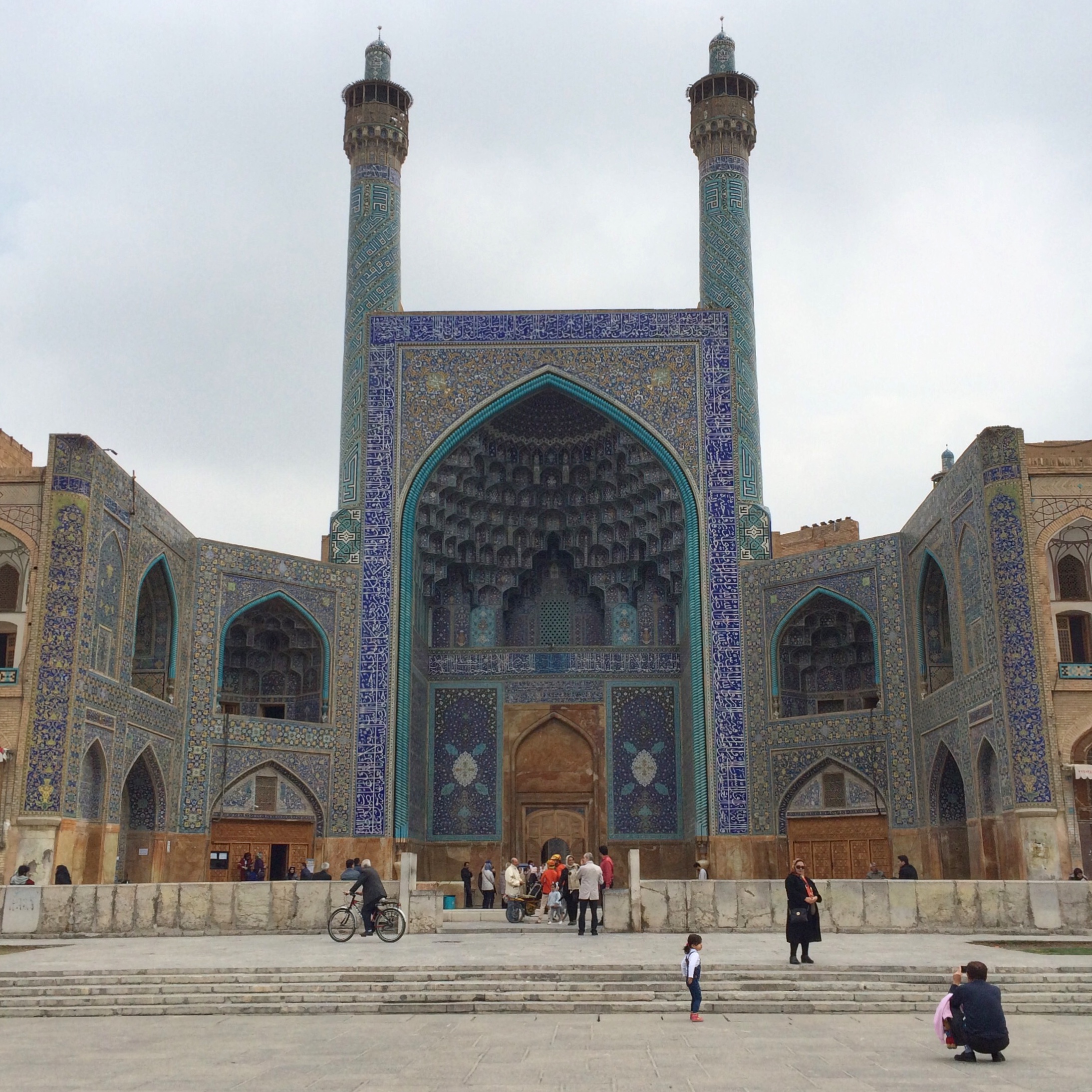
Masjed-e Jame of Esfahan
Located in the historic centre of Isfahan, the Masjed-e Jāmé (‘Friday mosque’) can be seen as 'a stunning illustration of the evolution of mosque architecture over twelve centuries, starting in ad 841. It is the oldest preserved edifice of its type in Iran and a prototype for later mosque designs throughout Central Asia'.

Persian Gardens
'Always divided into four sectors, with water playing an important role for both irrigation and ornamentation, the Persian garden was conceived to symbolize Eden and the four Zoroastrian elements of sky, earth, water and plants. These gardens, dating back to different periods since the 6th century BC, also feature buildings, pavilions and walls, as well as sophisticated irrigation systems'. We visited two of the nine inscribed properties: the Eram Garden and Fin Garden.

The Persian Qanat
The ancient qanat system supplies water to a desert area. It involves the tapping of alluvial aquifers at the heads of valleys and then feeding the water along gravity-fed underground tunnels, often over many kilometres. The water is then distributed along channels. There are eleven qanats listed. We saw them whilst wandering the labrynthine streets of Yazd, and also visited the Water Museum.

Persepolis
This palace complex as built for Darius the Great in 518 BC. It became the capital of the Achaemenid Empire. It was a grand ceremonial place designed to be a 'showplace and spectacular centre for the receptions and festivals of the kings and their empire'. We also visited the National Museum in Tehran, where some of the best preserved items from Persepolis are kept.

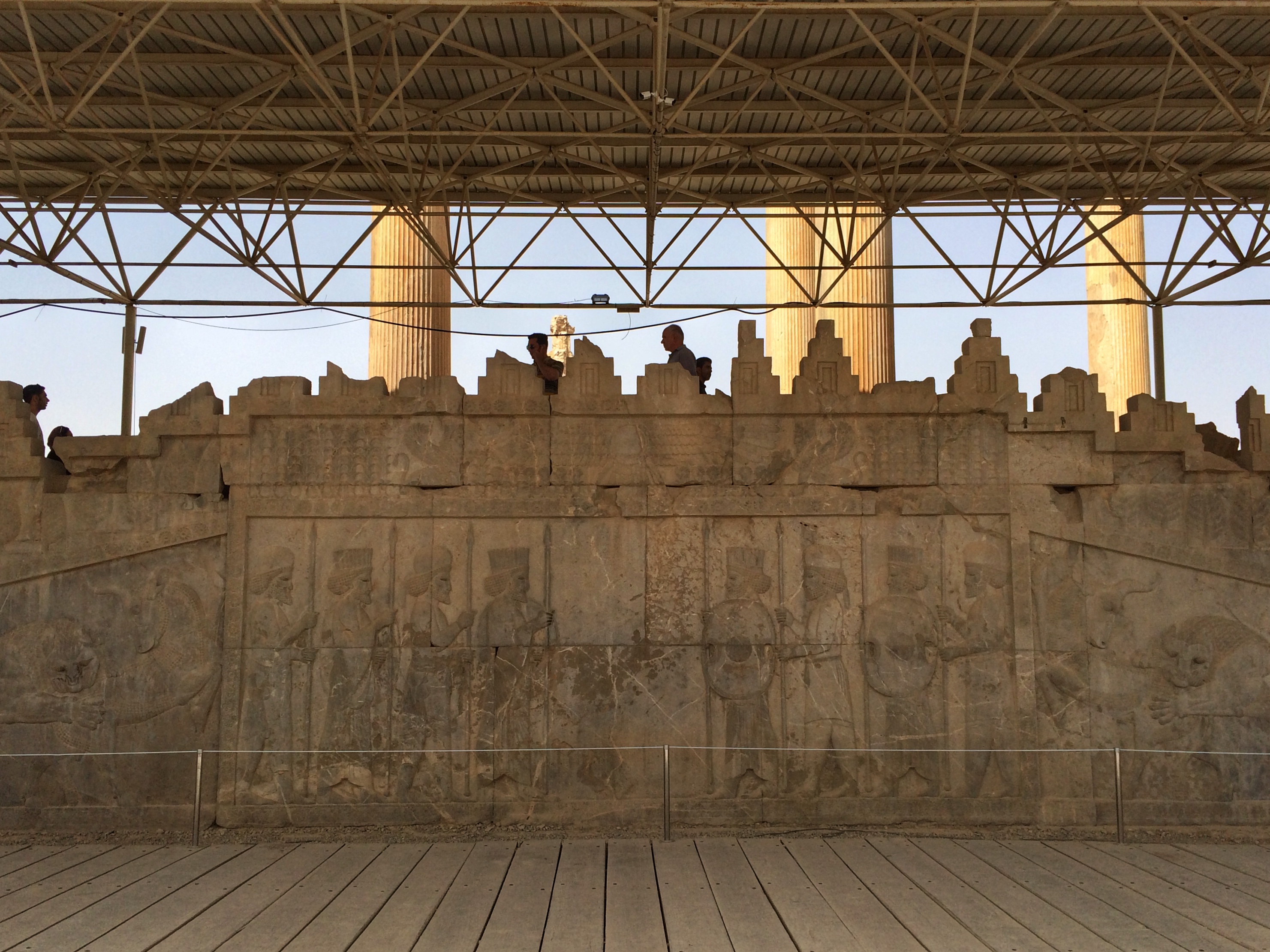

Where on earth....
